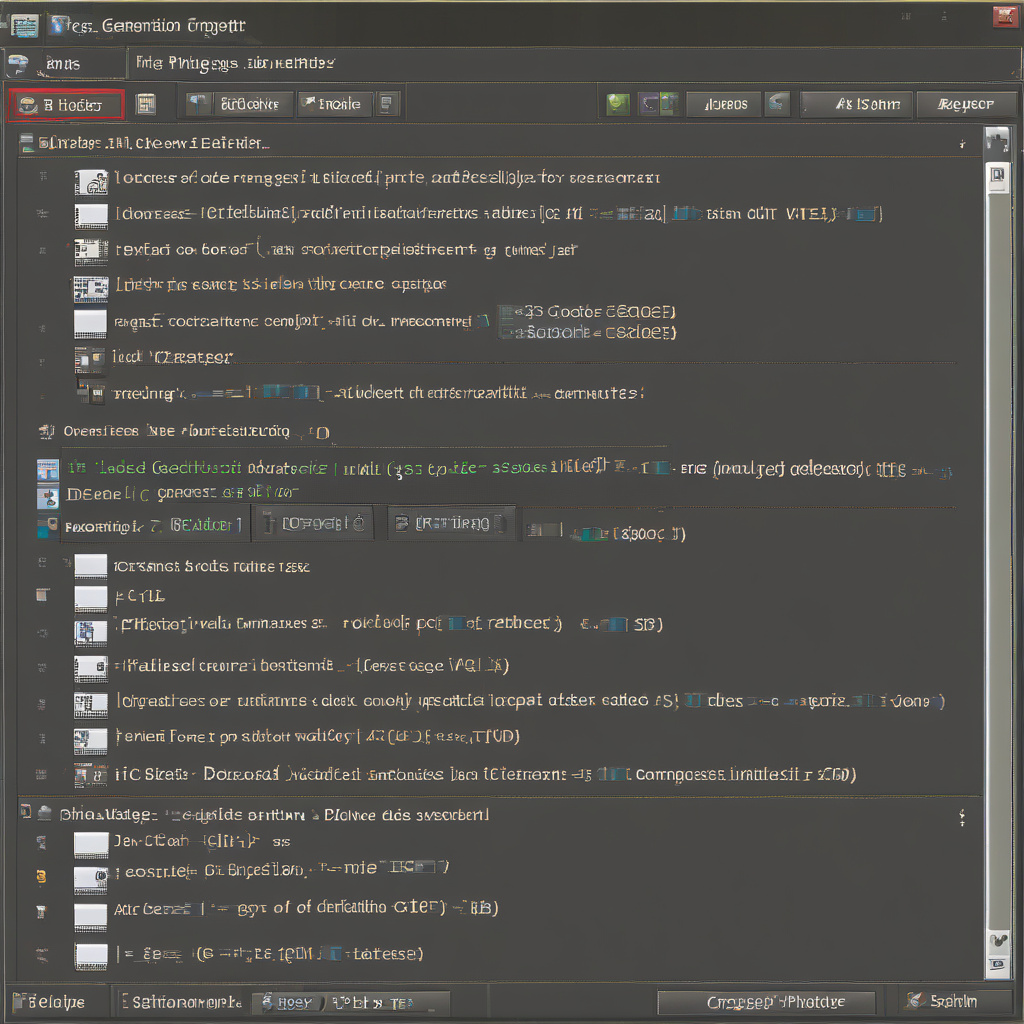When it comes to creating engaging Java GUI applications, mastering dialog boxes is key. These graphical components are pivotal for displaying errors, requesting input, or conveying information to users effectively. Not only are dialog boxes essential elements of Java applications, but they also play a crucial role within the hierarchy of top-level containers.
In Java, dialog boxes are closely linked to parent frames, ensuring that they are intuitively associated with the main application window. As a result, when a frame is closed, its associated dialog boxes also close. However, in modern Java implementations, it’s important to note that minimizing a frame does not automatically minimize its dialogs.
To dive deeper into this topic, let’s explore the essential steps for creating dialog boxes in Java GUI applications:
1. Import Necessary Packages
Before delving into dialog box creation, ensure you import the required packages in your Java code. Typically, you’ll need to include packages such as `javax.swing.JOptionPane` for message dialogs or `javax.swing.JDialog` for custom dialogs.
2. Create a Simple Message Dialog
To display a basic message dialog in Java, you can use `JOptionPane.showMessageDialog()`, specifying the parent component, message to display, dialog title, and message type. This straightforward method allows you to quickly notify users about important information.
3. Implement Input Dialogs
For scenarios where user input is needed, `JOptionPane.showInputDialog()` comes in handy. This method facilitates capturing user data through text fields within the dialog box. You can customize the input type and handle the returned input accordingly.
4. Customize Dialog Boxes
To create more complex dialog boxes, consider using `JDialog` to design custom dialog windows. This approach gives you greater control over the dialog’s appearance and functionality, allowing for a tailored user experience.
5. Handle Dialog Events
It’s crucial to manage dialog events effectively to ensure seamless interactions with users. Implement event listeners to capture user actions within the dialog box, such as button clicks or input submissions, enabling dynamic responses based on user interactions.
By following these steps and mastering the art of creating dialog boxes in Java, you can elevate the user experience of your GUI applications. Whether you’re aiming to display critical information, gather user input, or enhance the overall functionality of your Java programs, dialog boxes serve as versatile tools for effective communication.
In conclusion, dialog boxes are indispensable components of Java GUI applications, offering developers a powerful means to interact with users. By understanding how to create and leverage dialog boxes effectively, you can enhance the usability and functionality of your Java applications, catering to the diverse needs of your user base. So, why not elevate your Java programming skills by mastering the art of dialog box creation today?

